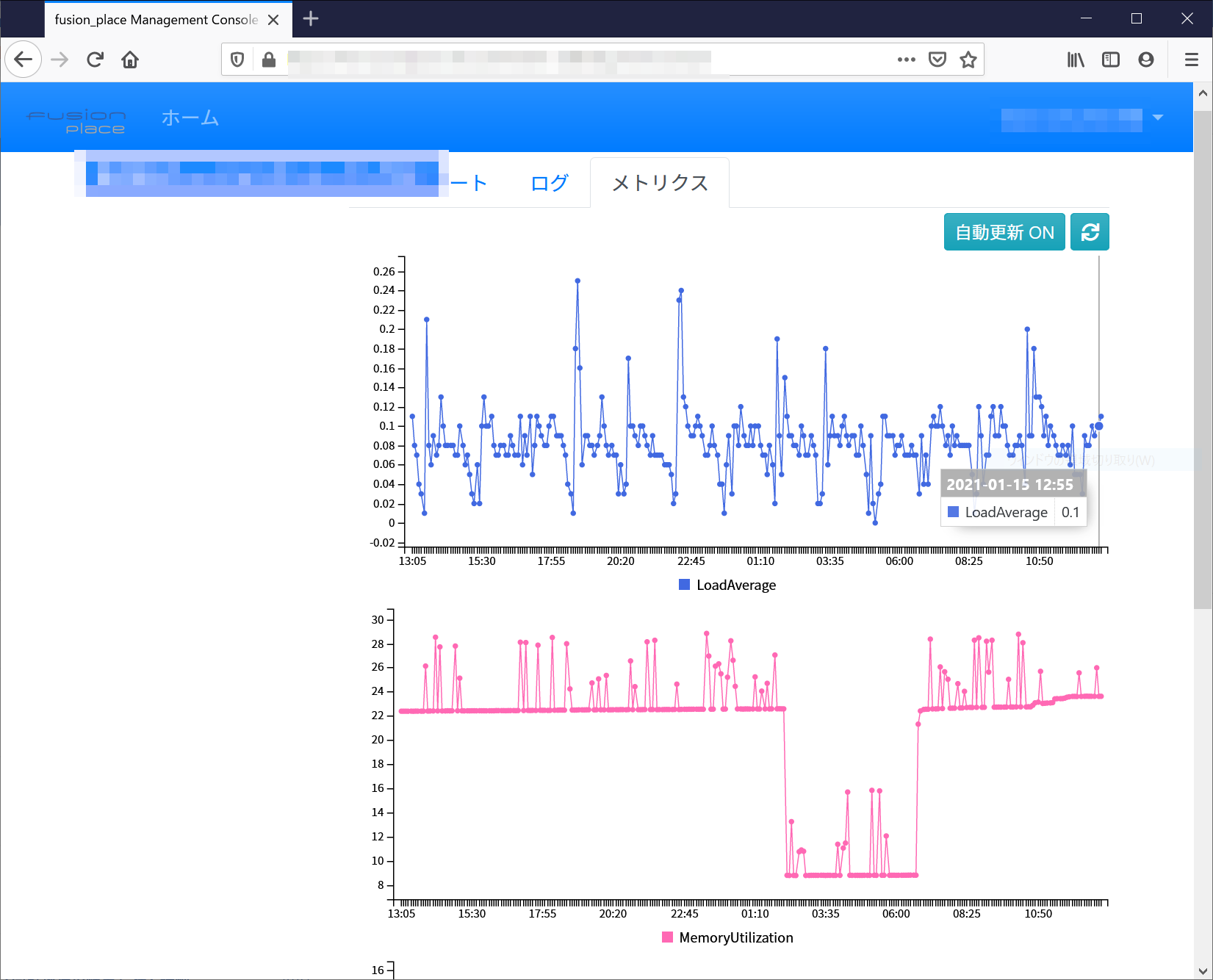When it comes to cloud metrics, there is no shortage of data available. With so many different metrics and measurements to track, it can be overwhelming to determine which ones are most important for your business. But don't worry, we've done the research for you and narrowed it down to the top ten cloud metrics that matter most.
1. Response Time
One of the most important cloud metrics to track is response time, which measures the time it takes for a user to receive a response after making a request to your cloud infrastructure. A slow response time can lead to a poor user experience, which can negatively impact customer satisfaction and ultimately hurt your business.

Tip: Use a content delivery network (CDN) to improve response times for users in different locations.
2. Uptime
Uptime measures how often your cloud infrastructure is available and accessible to users. Downtime can be caused by various factors, such as hardware failure or software issues, and can result in lost revenue and damage to your brand reputation.

Tip: Implement redundancy and failover mechanisms to minimize downtime and ensure high availability.
3. Network Throughput
Network throughput measures the amount of data that can be transferred over a network connection in a given time period. This metric is important for applications that require high data transfer rates, such as video streaming or large file transfers.

Tip: Optimize your network infrastructure for high throughput by using load balancing, caching, and compression techniques.
4. Resource Utilization
Resource utilization measures how much of your cloud infrastructure's computing resources are being used at any given time. Overutilization can lead to performance issues, while underutilization can result in wasted resources and increased costs.

Tip: Monitor resource utilization and adjust resource allocation as needed to ensure efficient use of computing resources.
5. Cost
Cost is a critical cloud metric, as cloud infrastructure can be expensive, and costs can quickly spiral out of control if not carefully managed. It is important to track your cloud costs to ensure that you are staying within your budget and maximizing your return on investment.

Tip: Use cost optimization tools and services provided by your cloud provider to identify cost savings opportunities and implement cost-saving measures.
6. Security
Security is a top concern for many businesses when it comes to cloud infrastructure. It is important to track security metrics to ensure that your cloud infrastructure is secure and protected from cyber threats.

Tip: Implement strong security measures, such as encryption and multi-factor authentication, and monitor security logs for suspicious activity.
7. Availability Zones
Availability zones are distinct locations within a cloud region that are designed to be isolated from each other to prevent outages caused by a single point of failure. Tracking availability zone metrics can help ensure that your cloud infrastructure is resilient and highly available.

Tip: Use multi-availability zone designs to maintain high availability and minimize the impact of outages.
8. Scalability
Scalability measures how well your cloud infrastructure can handle growth and increased demand. It is important to track scalability metrics to ensure that your infrastructure can handle future growth and increased traffic.

Tip: Use auto-scaling features provided by your cloud provider to automatically scale your infrastructure up or down based on demand.
9. Compliance
Compliance with industry regulations and standards is essential for many businesses. It is important to track compliance metrics to ensure that your cloud infrastructure is compliant with relevant regulations and standards.

Tip: Use compliance tools and services provided by your cloud provider to identify compliance risks and ensure that your infrastructure is compliant with relevant regulations and standards.
10. User Adoption
User adoption measures how well your cloud infrastructure is being used by your intended audience. It is important to track user adoption metrics to ensure that your infrastructure is meeting the needs of your users and providing value to your business.

Tip: Gather user feedback and incorporate it into the development and improvement of your cloud infrastructure.
By tracking these key cloud metrics, you can ensure that your cloud infrastructure is performing at optimal levels, meeting your business goals, and providing value to your users.